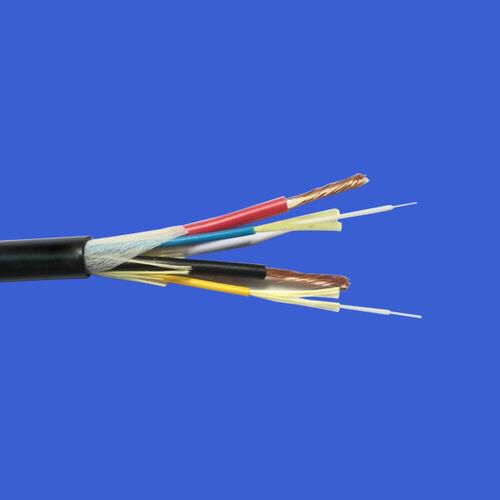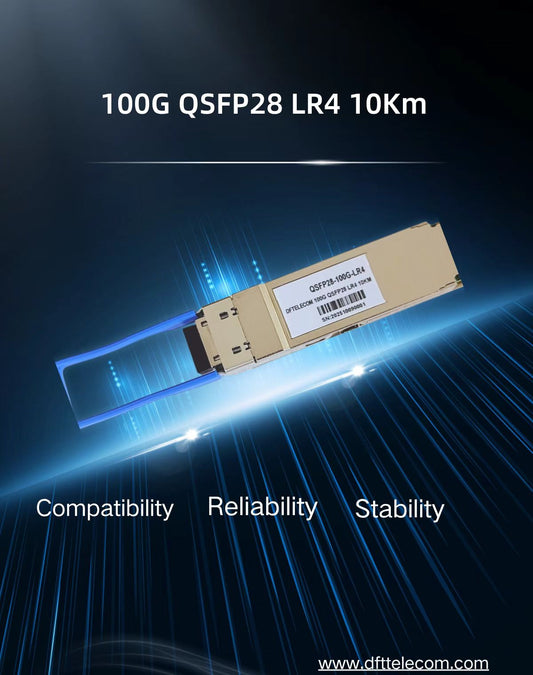Following the remarkable achievement in hollow-core fiber (HCF) technology—where attenuation coefficients surpassed 0.1 dB/km, exceeding the theoretical limit of conventional solid-core fibers—the entire industry was invigorated. However, this milestone is not an endpoint, but rather a new starting point for even greater technical challenges. To transition from exceptional laboratory performance to large-scale commercialization, what critical technological barriers must hollow-core optical fibers overcome?

I. Material Foundation: The "Purity" Revolution in Glass Tube Manufacturing
Technological advancement begins at the source. As emphasized by a researcher from a university institute, “The quality and stability control of raw materials for glass tubes will be a key focus in future development.” This foundational step is crucial to ensuring consistent performance and high yield in hollow-core fiber production. Whether based on photonic bandgap or anti-resonance designs, the precise optical characteristics of these fibers rely fundamentally on microscopic glass material properties. Any minor compositional impurity or dimensional irregularity can be amplified during the high-speed drawing process, ultimately degrading fiber performance. Achieving ultimate levels of material purity and uniformity is therefore the first essential step for hollow-core fibers to move beyond laboratory prototypes toward stable, mass-scale manufacturing.
II. Performance Optimization: Addressing the Three Key Challenges—Gas Absorption, Loss Spectrum Flatness, and Modal Interference
From the perspective of end users, particularly network operators, three primary technical challenges require urgent resolution: gas absorption, spectral loss flatness, and inter-modal interference.
Gas Absorption: Residual gases such as water vapor/hydroxyl groups (H₂O), carbon dioxide (CO₂), and other molecules within the hollow core create wavelength-specific absorption peaks, undermining the ultra-low loss advantage of HCFs.
Loss Spectrum Flatness: For compatibility with wavelength division multiplexing (WDM) systems, it is essential to achieve uniformly low attenuation across the entire communication spectrum (e.g., O-band to C/L-band), rather than only in isolated wavelength windows.
Modal Interference: Ensuring stable single-mode propagation within the hollow core and minimizing mode coupling and crosstalk are critical for reliable, high-capacity, long-haul transmission.
Overcoming these challenges demands integrated innovation across multiple domains, including fundamental mechanism studies, structural design, fabrication processes, and packaging and testing methodologies.
III. Engineering Enablers: Advancing Testing and Splicing Technologies
The maturation of any technology depends on robust supporting infrastructure. Experts in testing and splicing have highlighted key engineering hurdles.
Testing Challenges: While most existing test instruments remain applicable, the lack of effective single-ended Optical Time Domain Reflectometers (OTDRs) poses a major obstacle in field maintenance. Due to extremely weak backscattering in air-core fibers, conventional OTDRs struggle to accurately locate faults. The development of high-sensitivity, single-ended OTDR solutions will thus become indispensable for the efficient deployment and maintenance of hollow-core fiber networks.
Splicing Processes: Splicing specialists stress the importance of standardizing procedures to enhance fiber consistency, optimizing fusion splicer parameters and environmental conditions, and minimizing the ingress of moisture and contaminants into the hollow core during splicing. These measures are vital to preserving end-to-end system performance.
The advancement of hollow-core fiber technology has now entered a “deep dive” phase, shifting focus from macroscopic structural design to microscale disciplines such as materials science, gas dynamics, and precision process control. As industry leaders emphasize, success will require close collaboration among fiber manufacturers, equipment suppliers, and telecommunications operators. Each incremental progress contributes to the broader vision of scalable hollow-core fiber deployment. Academic and research institutions also have a pivotal role to play—by deepening fundamental understanding, addressing core scientific questions, and exploring innovative applications of emerging methodologies in this transformative field.






